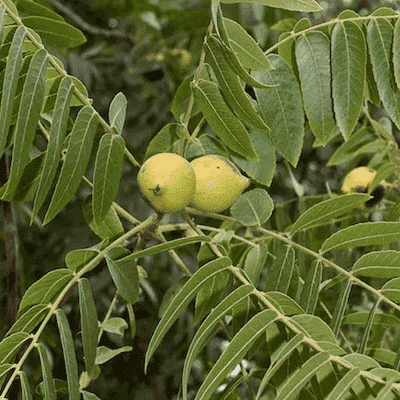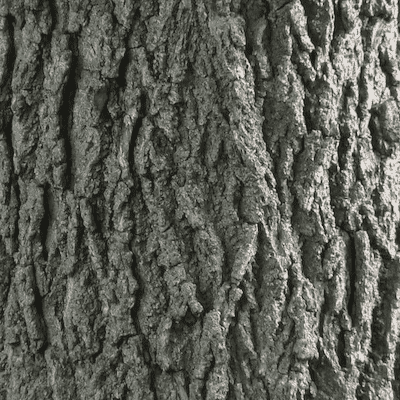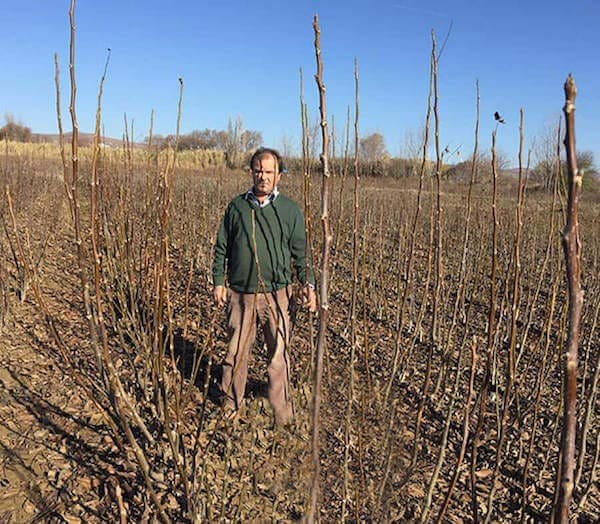Softwoods
A forest is a carbon bank, every tree a deposit.
Explore the art and profitability of cultivating black walnut trees. Discover why this premium timber is often targeted by thieves and how you can tap into the lucrative black walnut market. This comprehensive guide covers everything you need to know about growing and managing your own walnut trees for maximum profit.
Black walnut trees are prized for their rich, dark wood, renowned for its attractive grain pattern, durability, and resistance to splitting. Furniture makers, cabinet builders, and woodworkers highly value this wood, particularly due to its scarcity in wide boards and top-grade veneer.
The scarcity of high-quality black walnut wood stems from the trees' slow growth rate and limited commercial planting. This limited supply increases its value, making black walnut one of the most sought-after and expensive hardwoods in the market.
The high value of black walnut wood has led to an alarming trend of tree theft.
Some estimates place the combined value of mature black walnut trees in urban parks and cemeteries at over $100 million.
Clear, knot-free black walnut wood is the most valuable, favored for its ease of use and aesthetic appeal. This premium wood is ideal for high-end furniture, cabinetry, and veneer production.
For wood to be considered knot-free, the tree trunk must be straight and free from branches, knots, or defects over a significant portion of its length. Veneer-grade black walnut requires a clear trunk at least 12 feet long, devoid of imperfections.
The value of black walnut wood is influenced by board size and quality. Larger, older trees with clear wood are particularly valuable due to their rarity. Additionally, unique grain patterns, such as burl wood with its irregular growth and distinctive appearance, can command even higher prices.
Despite its high value, black walnut's slow growth presents challenges for plantation-style cultivation. It can take up to 40 years for a tree to mature enough for harvesting wide-plank boards and veneer, making long-term investment planning essential.
For timber wood investors, the primary concern is not whether they will profit, but how long it takes to see a return on investment (ROI). For most hardwoods, it can take up to 40 years or more to achieve ROI—50 years if aiming for substantial returns. This is one reason why Black Walnut trees are so highly valued. Another factor is the rarity of large, clear-trunk trees. Achieving an earlier return on capital calls for innovative approaches to tree cultivation.
Designing a commercial hardwood tree plantation requires careful consideration of several factors, including tree species, intended use (e.g., timber production, conservation, or recreation), and local climate and soil conditions.
Typically, the spacing between trees and rows in hardwood tree plantations ranges from 6 to 12 feet between trees and 10 to 20 feet between rows. This ensures efficient use of space while allowing trees to reach their full growth potential.
For species like black walnut, which have larger leaf canopies, wider spacing is necessary to produce higher-quality wood. In some cases, spacing may extend to 25–30 feet between trees.
Tree Plantation LLC, a division of New Leaf Technologies LLC, has developed a system for growing trees faster using either Archimedean or Fibonacci spirals. These patterns depend on whether the plantation is mono-cropped or mixed with other species.
Mono-cropping ensures equal tree spacing, resulting in more uniform growth across the plantation. This simplifies maintenance tasks like pruning and culling. Shadowing—when one tree shades its slower-growing neighbor—is virtually eliminated. Additionally, mono-cropped trees grow straighter, as they do not compete for light through canopy gaps. Black walnut trees in mono-cropped plantations can also be planted closer together, optimizing space.
In certain cases, incorporating a mix of environmentally compatible tree species alongside black walnut can be advantageous. A mixed plantation replicates natural biodiversity and better controls pests and mitigates climate fluctuations.
Common tree species often grown with black walnut include:
Black walnut wood is renowned for its rich, dark hues, striking grain patterns, and exceptional durability. The wood typically features a straight grain with a fine to medium texture, displaying a spectrum of colors ranging from light to dark brown, often accented by darker streaks or highlights.
Milled black walnut wood is available in a variety of dimensions to suit different needs. Common thicknesses include 4/4, 5/4, and 8/4, measured in inches, with board widths typically ranging from 4 to 12 inches and lengths spanning 6 to 16 feet.
Its versatility makes black walnut wood a favorite for a range of woodworking projects, including furniture, cabinetry, flooring, and decorative trim. The wood’s unique aesthetic qualities and grain patterns lend themselves perfectly to high-end projects where visual appeal is paramount.
Trim designs crafted from black walnut wood can enhance the style and functionality of any space. Examples include crown molding, baseboards, chair rails, and door or window casings. These trim pieces can be custom-milled in various profiles and shapes to match specific design preferences.
The grain pattern of black walnut wood depends largely on the cutting technique used during milling. Flat-sawn (half-cut) boards reveal a distinctive "cathedral" pattern with arched lines and wavy grains. Rift-sawn (cross-cut) boards feature a straighter grain with minimal figure, while quarter-sawn (rift-and-quarter-sawn) boards display a uniform, vertical grain for a sleek and consistent appearance.
In summary, black walnut wood is highly prized for its unique characteristics, robust durability, and adaptability. Its rich colors and intricate grain patterns make it a top choice for premium woodworking projects, while its ability to be milled into various styles ensures versatility for diverse applications.
From maple to oak, hardwoods whisper of centuries past, their slow growth a testament to patience and value over time.
Partner with us in a land management project to repurpose agricultural lands into appreciating tree assets. We have partnered with growingtogive.org, a 501c3 nonprofit, to create tree planting partnerships with land donors.
We have partnered with growingtogive.org, a Washington State nonprofit to create a land and tree partnership program that repurposes agricultural land into appreciating tree assets.
The program utilizes privately owned land to plant trees that would benefit both the landowner and the environment.
If you have 100 acres or more of flat, fallow farmland and would like to plant trees, then we would like to talk to you. There are no costs to enter the program. You own the land; you own the trees we plant for free and there are no restrictions; you can sell or transfer the land with the trees anytime.
Copyright © All rights reserved Tree Plantation



